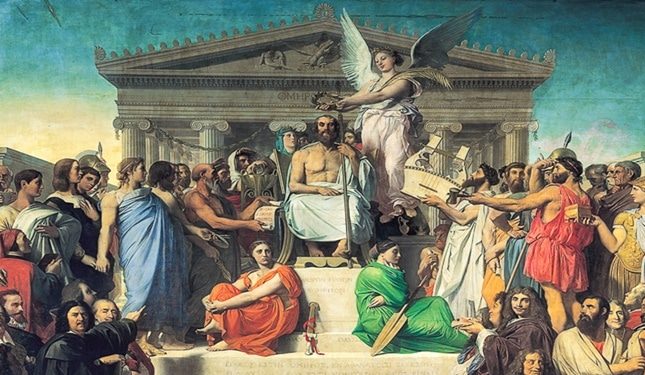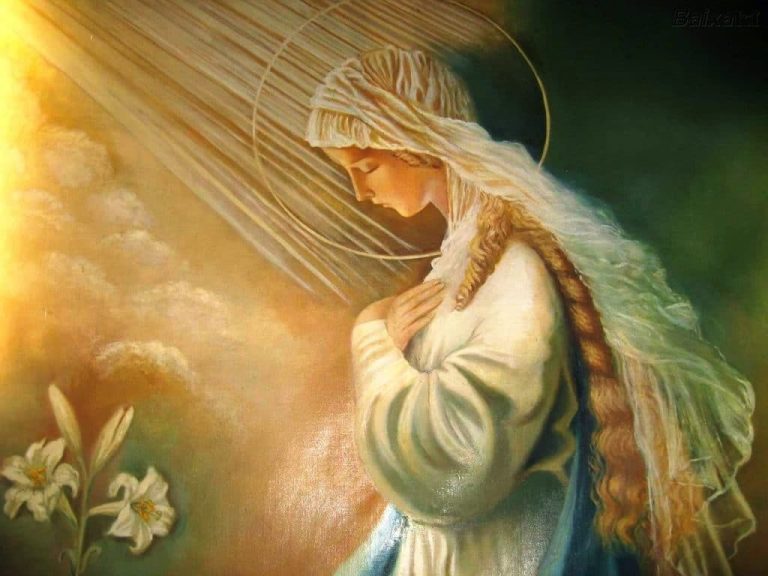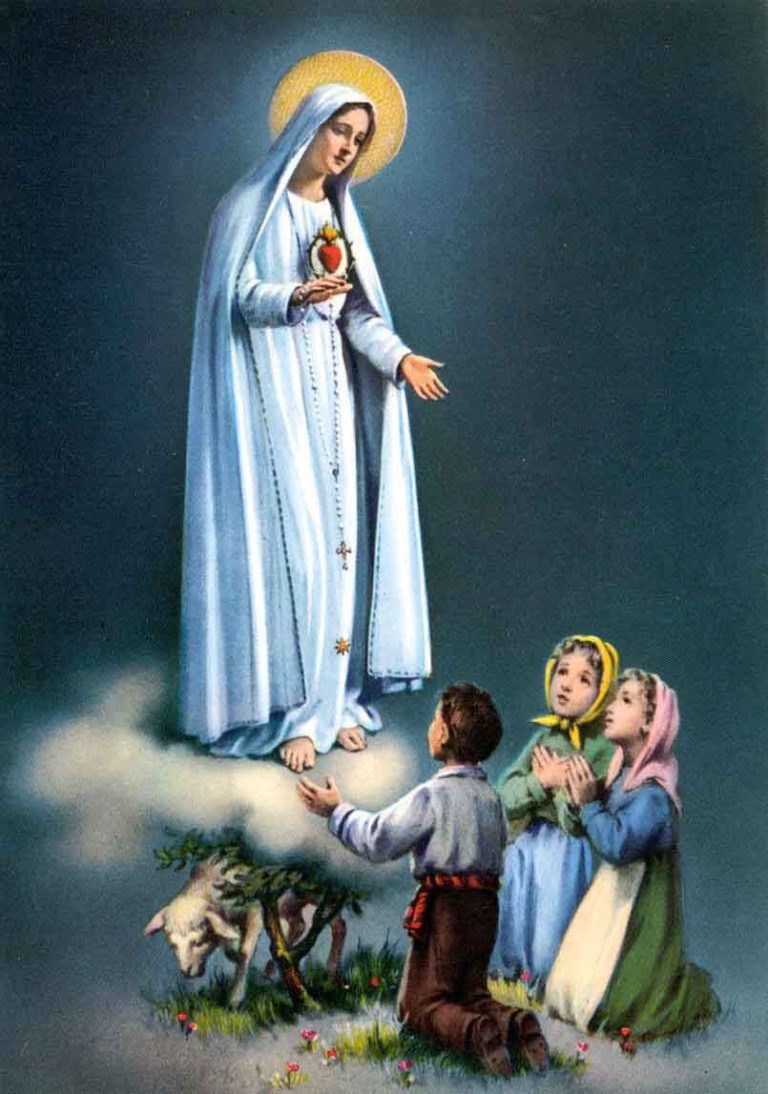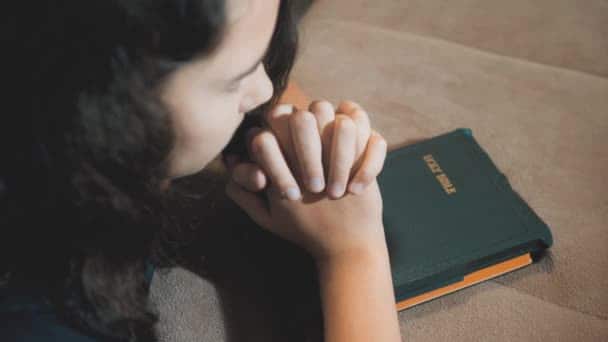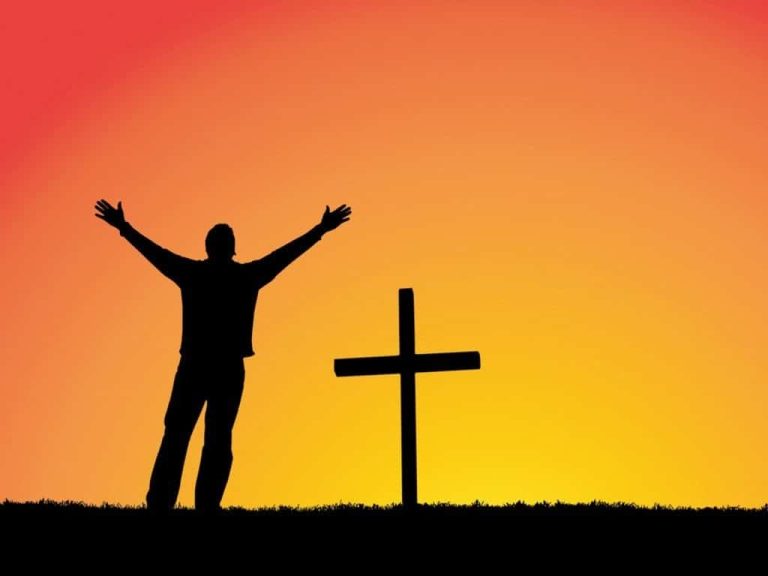Learn all about the Eastern Orthodox Church, here in this post
The Eastern Orthodox Church is made up of a group of jurisdictions, which separated from the body of the Roman Catholic Church, after rejecting the Christology that spread after the Ecumenical Council of Chalcedon in the year 451. These groups, in turn, resulted in self-styled as versions of traditional faith in relation to the apostolic Catholic. It has the Miaphysite creed in common but rejects the Diophysite doctrine after the council. It is for this reason that they were accused of monophysitism, as was done with many churches considered Byzantine, which in turn has an ethnic development.
eastern orthodox church
The Eastern Orthodox Church is constituted by the church considered Ethiopian, Coptic, Armenian, Syrian, Indian and Eritrean. Due to their history, they are considered to be Chalcedonian, Anti-Chalcedonian, or Pre-Chalcedonian churches, which call themselves Monophysites, of ancient eastern rank, and to a lesser degree Byzantine.
Currently known only as the Eastern Orthodox Church, its believers are specifically concentrated in areas such as Ethiopia, Egypt, Eritrea, Syria, Lebanon, India, and Armenia.
Similarly, it is important to take into account communities that, due to the diaspora, have emigrated from the Middle East to Europe, Asia, North and South America and also Oceania. These types of churches are of ancient beliefs that were formed and started in the times in which the apostles carried their message through the earth.
Likewise, their beliefs come from the first disciples of the apostles. It is important to mention then that his doctrinal development is based on the teaching of the three Ecumenical Councils.
Alexandrian school of thought
The Alexandrian school of thought was intended to form and develop the orthodox theological process. These focus on the teachings of Saint Cyril who became a primary constituent of Christology.
His theology is considered biblical, liturgical and patristic, it is considered a mystical and spiritual aspect. The Eastern Orthodox Church develops in combination with the Byzantine tradition of Orthodox rank, which in turn are related to each other and are considered family.
These two groups have elements of communion with each other. This break is considered the first made at the ecclesiastical level in the history of the Christian church. This event occurred in the year 451 which is based on the Christological doctrine of the Council of Chalcedon.
Throughout history there have been several confrontations as well as dialogues and religious approaches related to the Eastern Orthodox Church with the Byzantine Church.
It is important to mention that in 1985, after a large number of meetings, an official dialogue was held that allowed for a better relationship between Christological elements.
History
The history related to the Eastern Orthodox Church is played out through the persecution full of massacres related to the Byzantine, Persian, Ottoman and also Muslim powers.
Difficult situations have developed a profound impact on the life of the so-called Orthodox, which has caused situations related to the theological spirituality that is currently known about the Orthodox.
These churches have developed elements that have been sustained through efforts related to constancy and renewal that are linked to the tradition of the elements carried out by the apostles.
The ancient traditions that stand out in the Orthodox continue to prevail, however, breaths of freshness have been made that have generated vitality in the Orthodox ecclesiastical unit, directly related to their homeland and diasporas.
New elements have been developed related to the spiritual sources of evangelization and diakonia that focus on lay men and women. Similarly, there are various theological teaching organizations.
Similarly, there are youth movements that are associated with the formation of Christians with secular beliefs. Among the factors is the fasting and celebration of the saints that allows the evangelical projection that allows the increase of faith among the faithful of God.
These are considered churches for the people that allow them to participate as the people of our Lord, which allows a life and testimonies of the church in a simple way and much easier to develop.
early centuries
In the early centuries, Eastern Orthodox ecclesiastical institutions developed into an extremely important role in expressing the essence of Christianity, seeking to make it known beyond the Byzantine Empire.
It is thanks to methods used by the Orthodox Church that the Christian faith spread from Alexandria to the rest of Africa, America, Antioch and also the Far East. (See: New Testament )
After its evolution, the changes produced at the political and religious level caused the activity carried out by the missionary to be based mainly on the construction and maintenance of the community.
At present, globalization and society have made the Eastern Orthodox Church execute elements of renewal and methodology in the form of mission factors and also in evangelization.
It is important to mention that the Eastern Orthodox churches have suffered in the Christian East after the efforts made by the missionaries of the West, through the religious Catholics and also the Protestants. It is thanks to this that ecumenical factors have been made.
Addis Ababa meeting
The Eastern Orthodox Church had been isolated for centuries, until the Addis Ababa meeting in 1965. This historic gathering was led by Orthodox believers who reaffirmed their faith.
It was at that meeting that important decisions were made that due to religious differences have not been fully implemented. This process allowed the faith of the Eastern Orthodox Church to be further unified. (Learn more about prayer for the brothers )
On the other hand, the influence of secularism that has generated after religious fundamentalism must be highlighted, as well as the growth that has developed after the migration of its faithful, from the original homelands of Orthodoxy to other parts of the world.
middle East
It is important to mention that Eastern Orthodox believers have not had a count since 1996. On the other hand, the leaders of the three churches in the Middle East area, specifically Coptic, Armenian and Syrian, have held annual meetings where the elements of common importance or concern.
In addition to this, work has been carried out that collaborates with these meetings, conversations have also been held between the Byzantine Orthodox and the Eastern Orthodox, the family also participates in these processes through alliances with the World Reformed Alliances, the Catholic Church and the Anglican Communion. .
The Eastern Orthodox Church has many elements that must be shared with other churches. This is because these ecclesiastical communities have elements rooted in the historical sense and in turn in the ancient tradition of their churches, directly related to the essence of how the apostles developed their belief.
This allows them to have important monastic traditions as well as Eastern spirituality, behind their liturgical and theological elements that are considered mystical. The Eastern Orthodox Church has sixty million Christians according to the members of the World Council of Churches.
denominations
Currently the organization of churches recognizes the Christian belief through the Eastern Orthodox Church. This Eastern Orthodox ecclesiastical institution is part of the World Council of Churches, due to its canonical status.
In addition to this, the organization distinguishes it from other churches that are also considered Orthodox and are within the Council, referred to by the organization as Byzantine Orthodox churches. (Be sure to learn more about faith in God )
It is important to mention that previously they were known as non-Chalcedonian, Pre-Chalcedonian or Anti-Chalcedonian churches, this is because they do not accept factors related to Christological doctrines. This is directly related to the Council of Chalcedon of 451 which was called in the Monophysite factors.
It should be mentioned that its institution is based on the first three ecumenical councils, which is why it is considered the church of the three councils. They are also called ancient eastern churches or minor eastern churches.
the different churches
The current churches that are constituted within the believers at the historical level of the Eastern Orthodox Church, are monophysites and develop under diverse cultural traditions and in turn are divided into different churches, where the Coptic tradition church related to Alexandrian rites stands out in the Africa.
On the other hand are the Eritrean churches and also the Ethiopian Orthodox. There are also the traditional Syriac ones, where the Syrian Orthodox Church and the Francophone Syrian Orthodox stand out. Also the Syrian Malankara in India and the Jacobite Syrian Christian Church in India.
There is also the church of the Armenian tradition called the Armenian Apostolic Church.
Eastern Orthodox
The essential elements of the believers of the Orthodox Church are the following:
number of believers
According to expert organizations, the approximate number of Orthodox Christians in the world is considered to be 220 to 260 million believers.
Countries with the largest presence
The Eastern Orthodox Church includes within its institutions the Orthodox Church of Russia, Ukraine, Greece, Cyprus, Macedonia, Romania, Serbia, Georgia, Bulgaria, Moldova and Belarus, as well as other less prominent ones.
It is important to mention that the majority of Orthodox Christians are located in Eastern Europe, Russia, the Balkans and the Middle East.
russian orthodox church
The followers of the Russian Orthodox Church which is headed by the Moscow Patriarchs of all Russia are considered to have the largest number of believers in their Orthodox Christian church in the world.
In addition to this, sociological studies have been carried out that show that between 50 to 80 million Russians are part of this Orthodox church. It is important to mention that this church is autocephalous, this means that they are independent, with their own religious authority.
It should be mentioned that traditional historiography allows us to refer that the official birth of this church originated through the Christianization of Rus de Kev, through the Holy Prince Vladimir, right in the year 988.
On the other hand, the Russian autocephalous church was established in the year 1448. At the time, the bishops independently, without even participating the patriarchs of Constantinople, were in charge of choosing the leader of the Orthodox church of this country.
It is important to mention that the historical process of the Soviet Union. All institutions and believers were attacked and even banned by the communist authorities, since the official ideology was based on the ego of the rulers.
Due to this dark period many religious buildings belong to the Orthodox Church. They were taken and used by the communists, seeking the destruction of Russian tradition and history.
Russia today considers itself to be a multi-denominational state. That is why the Orthodox Church is considered the one with the largest believers in the country. On the other hand, it is important to mention that according to statistics from 2013, 68% of Russians are believers in the Orthodox Church.
Foundation of the Orthodox Church
It is important to mention that from the year 1054 the Orthodox Church and the Roman Catholic Church were a unified institution as a Christian Church. However, the differences, mainly cultural, of both institutions stood out to a greater extent as time passed.
These factors caused a separation to occur, specifically in the Schism of East and West. That was effected by a combination of cultural, political and also religious elements.
In 1054, Pope Leo IX, who was the head of the Roman institution, acted by excommunicating the Patriarch of Constantinople, Michael I Cerularius. That he was the representative of the institution of the Eastern Orthodox Church, which after this action carried out a mutual excommunication. It is from this time that the Catholic Church and the Eastern Orthodox Church have divided.
Structure
The Orthodox Church has factors that allow it to be a totally independent community of churches, that is, they are led by their own bishops. It is important to keep in mind that the honorary title of Ecumenical Patriarch of Constantinople is the most important of this Christian branch. (Do not stop knowing how to maintain a communion with God )
The believers who are part of the Orthodox community are considered theologically as beings unified with the holy scriptures. This is due to the interpretation of the seven ecumenical councils, since for them this is their only authority, which means that Jesus is the only head of their sacred temple.
Peculiarities
It should be known that orthodox means, according to the Greek, appropriate service or also correct teaching. According to its doctrinal writings and its liturgy, it is related to orthodox Christianity, which completely preserves the initial belief. Traditions as church doctrine early Christianity established by the apostles. This allows the consequences of the ecumenical councils to be known.
It is because of these important factors that believers in the Orthodox religion believe that they are the ones who really profess the Christian faith. Among the elements related to the divisions that caused the Eastern Orthodox Church. It separated from the Roman Catholic is mainly due to the deviations that Rome had in relation to the original religious factors.
This is mainly related to the seven ecumenical councils that are related to the supremacy of the pope at the universal level. As well as the Filioque controversy that is translated in Latin to the Son that is related to the original phrase of the Holy Spirit that comes from the Father and the Son.
However, for Eastern Christians this issue is not the right one. On the other hand, the sacred scriptures as well as the holy tradition contain the same value. While Western Christians consider the word of God to be extremely important and believers interpret his word according to their conditions.
In addition to this, the approaches between the Eastern Orthodox Church and the Western Catholic Church are different, this is notably related by different cultures. For the Eastern Orthodox worship is the center of life.
These religious rites are related to the iconic and mystical veneration of the meditative prayers of religious rites.
beliefs and practices
The factors that describe the beliefs and practices of the Eastern Orthodox Church are as follows:
The Salvation
This process takes place throughout life, this allows Christians to become a little more like Jesus. It is important to have faith in order to carry out this important process for the Christian world, which is why you should know that love is the secret of faith.
Baptism
Christians who profess orthodoxy are believers in baptism, which are developed by all branches of Christianity, as it is an action of acceptance to the temple of God. This is the beginning to achieve salvation.
In the Eastern Orthodox Church, the person is completely immersed in the water.
Eucharist
This process is considered the center of Orthodox worship. During the Eucharist, the faithful take communion with the bread and wine that is transmuted into the blood and body of Jesus. With the aim of having the life and strength that God gives us.
The Trinity
The Orthodox consider important three people who are related to the divinity. They contain different elements but with different attitudes. These are God who is the Father, the Son who is Jesus who was born in turn from the Father and God in the Holy Spirit. These three incarnations are one.
Jesus Christ
For the Orthodox Jesus is the second person of the Trinity, this means that he is the Son of God. That he is divine and fully human. He is the son of Mary who was conceived in turn in sin.
Jesus died on the cross and thereby saved humanity from sin. He in turn was resurrected in order to ascend to heaven. Orthodox believers believe that Jesus will judge men again.
Mary mother of Jesus
For Orthodox Christians the Virgin Mary, mother of Jesus. She has the supreme grace and that is why she must be honored. However, they do not agree with the doctrine that links it to the Immaculate Conception.
Predestination
For believers of the Orthodox religion, God knows everything that will happen to us, however he is not in charge of predestining it.
saints and icons
The Orthodox faithful develop the veneration of icons. This is due to the fact that they venerate the people who are represented in the cult and not the relics they possess.
Current situation
They are known to be Monophysites. However, its faithful do not accept the original doctrine of the Monophysites nor do they relate to the statements made by sectors of the Catholic Church.
Despite this, the Eastern Orthodox Church accepts that they profess a common faith related to Christology. In other words, this is directly related to cultural and language misunderstanding. (Learn more about where God is )
However, despite the agreements, there are still rejections related to the Council of Chalcedon. What relates to reciprocal communion with the liturgy of the organizations that lead the Eastern Orthodox Communion.

Hello! Let me enthusiastically introduce myself as a dedicated blogger fueled by an intense passion for meticulously crafting insightful and well-researched blogs. My mission revolves around providing you, dear readers, with a veritable treasure trove of invaluable information.

